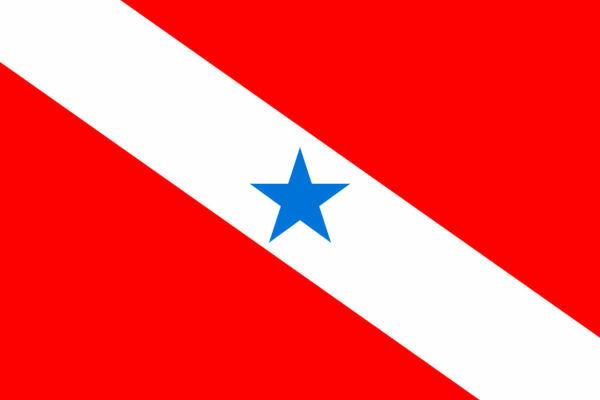The gathering of fruits and roots constitutes one of the most primitive ways of extracting man's livelihood. However, this activity, called plant extraction, is still practiced. Corresponds to the collection of products taken from nature.
In the North region, this activity was for a time the only source of income. Today, other activities are practiced, such as mining, agriculture and livestock. But even so the vegetal extraction is carried out, we can highlight the main types of extraction:
• Wood extraction: which are used especially in the manufacture of furniture, charcoal production and civil construction. The most explored woods are cedar, mahogany and cherry.
• Cupuaçu: fruit used in the manufacture of juices, creams, jellies, sweets, ice cream, among many other applications.
• Açaí: fruit appreciated in various parts of Brazil, used in the manufacture of juices, creams, concentrates, pulps, among others.
• Quina, jaborandi and copaiba: are vegetables with medicinal properties used in the manufacture of medicines and beauty products.
• Latex: a substance extracted from a tree called a rubber tree, used in the manufacture of rubber.
• Brazil nuts: it is a chestnut that comes from the Brazil nut tree. Its fruit is used for the manufacture of food, cosmetics, oils and medicines.
• The piassava and mallow: are used in the manufacture of fibers.
• Sorva and balata: plants used in the manufacture of non-elastic gums.
Extraction is an economic activity that should be encouraged in the North region, as it manages to combine income and environmental conservation. The implementation of family guidance programs in extraction and the formation of cooperatives are of great value to improve the lives of riverside dwellers, in addition to contributing to preservation, given that the forest provides its sustenance.
Do not stop now... There's more after the advertising ;)
By Eduardo de Freitas
Graduated in Geography
Would you like to reference this text in a school or academic work? Look:
FREITAS, Eduardo de. "Vegetable extractivism in the North region"; Brazil School. Available in: https://brasilescola.uol.com.br/brasil/o-extrativismo-vegetal-na-regiao-norte.htm. Accessed on June 27, 2021.


